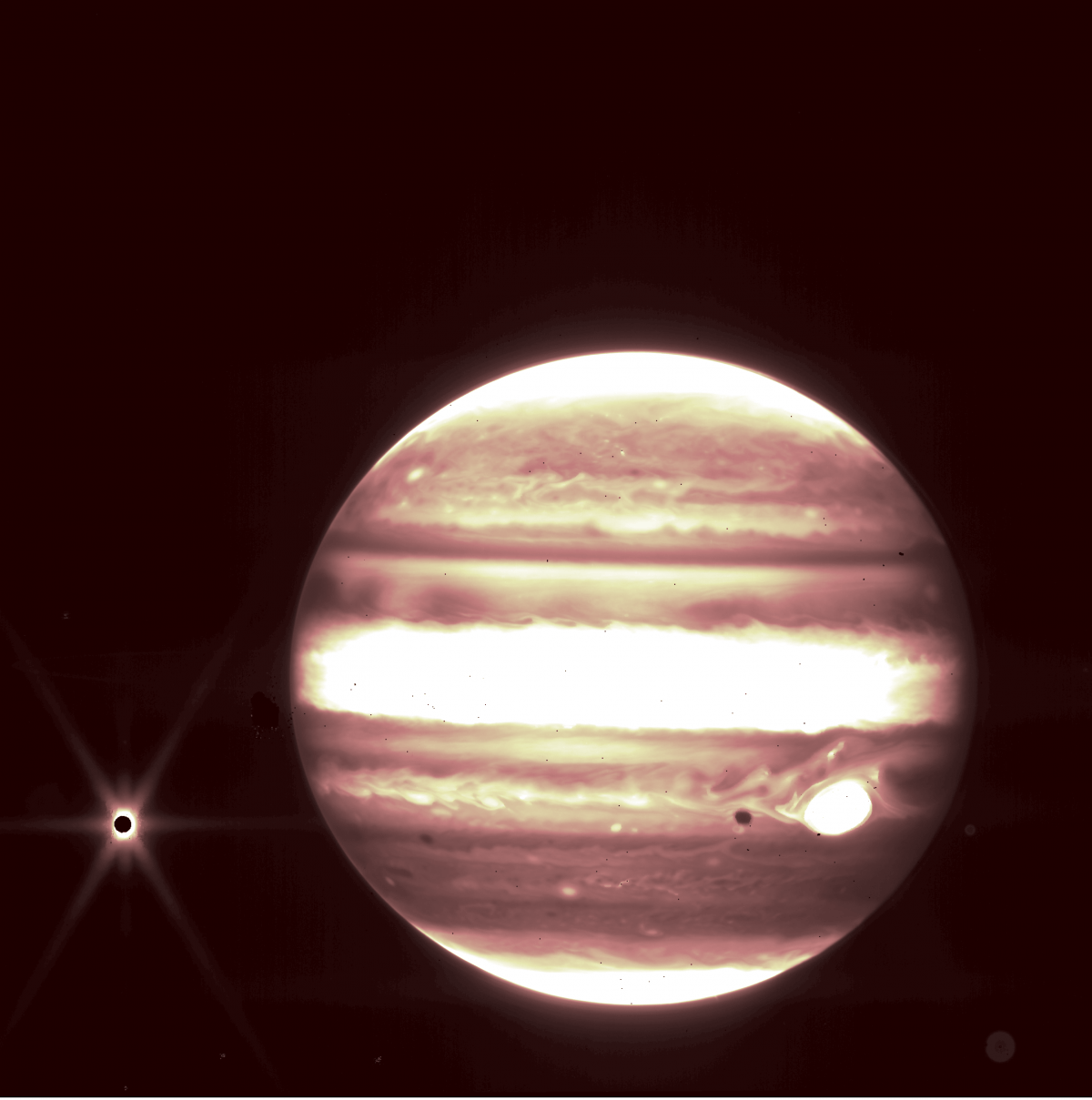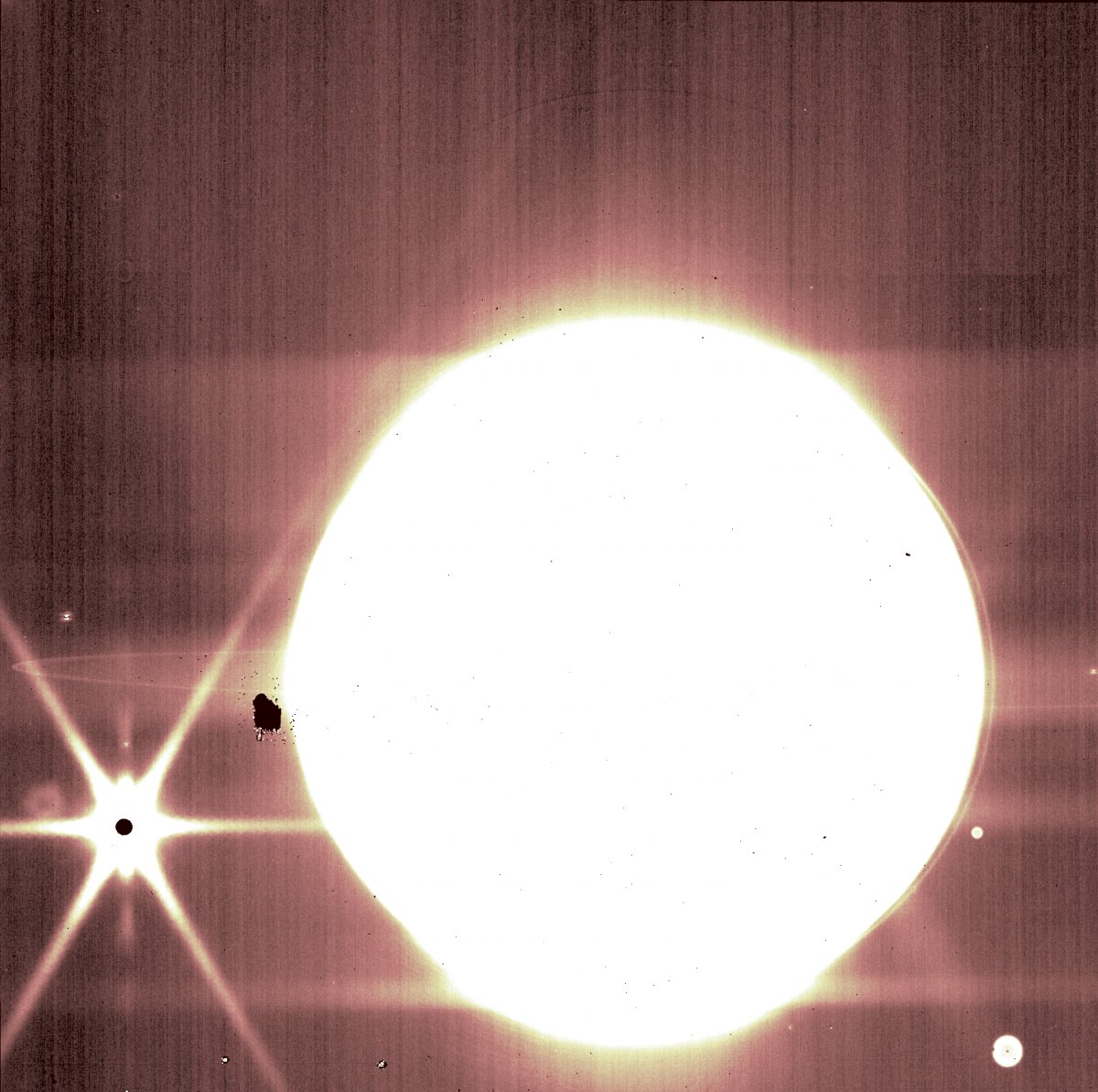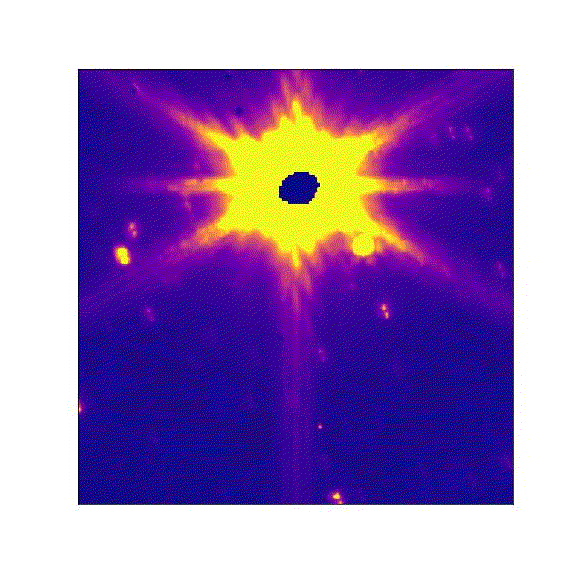
The James Webb Space Telescope (JWST) obtained fly images of Jupiter during a test run, achieving an epic humble brag.
The Solar System giant appears in rare form. The new images from JWST’s NIRCam instrument delivered a radiant infrared view of Jupiter, even through the instrument’s muted color palette. The planet’s equatorial band, poles, and Great Red Spot are cast in a mesmerizing glow. NASA published this and other spectacular Jovian views on Thursday afternoon, three days after President Biden and NASA representatives announced the observatory’s first official image.
“Combined with the deep field images released the other day, these images of Jupiter demonstrate the full grasp of what Webb can observe, from the faintest, most distant observable galaxies to planets in our own cosmic backyard that you can see with the naked eye from your actual backyard,” Bryan Holler, a scientist at the Space Telescope Science Institute (STScI) in Baltimore, states in NASA’s announcement.

STScI commanded JWST to snap these views during the six-month commissioning period, when teams meticulously evaluated the performances of all the telescope’s instruments.
Jupiter’s ocean-moon Europa also makes a guest appearance. It appears like a tiny solar eclipse just to the left of the planet.
In another image, two more moons and some Jovian objects make an appearance.

“The Jupiter images in the narrow-band filters were designed to provide nice images of the entire disk of the planet, but the wealth of additional information about very faint objects (Metis, Thebe, the main ring, hazes) in those images with approximately one-minute exposures was absolutely a very pleasant surprise,” John Stansberry, observatory scientist and NIRCam commissioning lead at STScI, states.
JWST also viewed Asteroid 6481 Tenzing against a background of stars. NASA released animations of Tenzing and Europa moving through space, an important demonstration of JWST’s ability to follow celestial bodies as they journey through our cosmic neighborhood.

“Webb was designed with the requirement to track objects that move as fast as Mars,” NASA senior storyteller Elizabeth Landau states in the NASA announcement.
“The team proved that Webb will still get valuable data with all of the science instruments for objects moving up to 67 milliarcseconds per second, which is more than twice the expected baseline — similar to photographing a turtle crawling when you’re standing a mile away,” Landau adds.
JWST is watching the Solar System from Lagrange Point 2, a gravitationally-stable spot about one million miles from Earth. The observatory’s first official science data became public on Monday, a little more than six months after launching into space from Europe’s spaceport in French Guiana.







